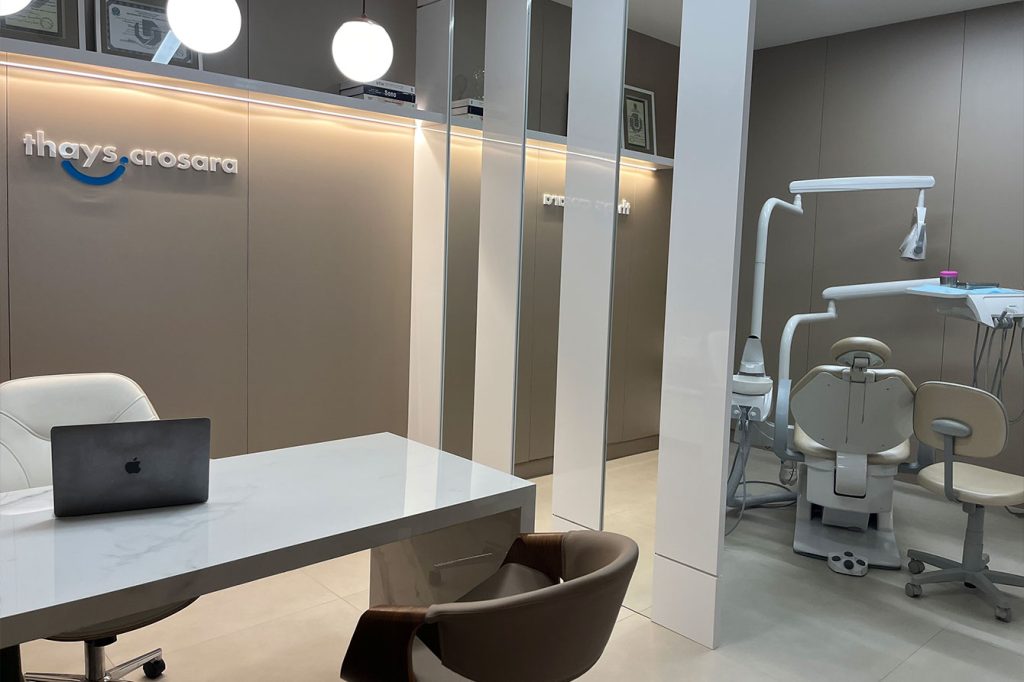Telefone: (34) 99677-1909
ABSTRACT
Objective: To examine modifications in sleep pattern and in craniofacial morphology of adolescents with mandibular retrognathism. Materials and Methods: Sixteen subjects at maximum pubertal growth (12.6 years [611.5 months]) were selected and treated for 12 months with maxillary expansion and mandibular advancement with a Herbst appliance. Cephalometric radiography and magnetic resonance imaging were obtained prior to and after treatment and were compared using the paired Student’s t-test or the nonparametric Wilcoxon rank-sum test. Four polysomnographic recordings were obtained with pressurized nasal cannulae and were analyzed by analysis of variance.
Results: The length of the mandible was increased, while the antero-posterior position of the maxilla remained stable. The posterior airway space was increased, the length of the tongue was preserved, and the hyoid bone was moved to a more anterior position. After Herbst treatment, sleep efficiency, sleep latency, rapid eye movement (REM) sleep latency, and percentage of REM sleep remained stable. We did observe a reduction (P , .05) in the relative proportions of stage 1 and stage 3–4 (from 4.30 6 1.99 to 2.61 6 1.83 for stage 1 and from 25.78 6 7.00 to 19.17 6 7.58
for stages 3–4) as well as an increase (P , .01) in the percentage of stage 2 after treatment (49.03 6 6.25 to 56.90 6 6.22). There was a reduction (P , .05) in the number of respiratory effort–related arousals (7.06 6 5.37 to 1.31 6 1.45 per hour of sleep) due to an increase (P , .01) in airway volume.
Conclusions: In the short term, the increase in airway space improved nocturnal breathing associated with the correction of mandibular retrognathism. (Angle Orthod. 2011;81:222–228.)

Rua Rafael Marinho Neto, 600
Uberlândia Medical Center – UMC
Espaço Doctors Consultórios Clínicos, corredor Verde, sala 16.
Uberlândia (MG).
CRO: 29.049
Rua Rafael Marinho Neto, 600
Uberlândia Medical Center – UMC
Espaço Doctors Consultórios Clínicos, corredor Verde, sala 16.
Uberlândia (MG).
CRO: 29.049